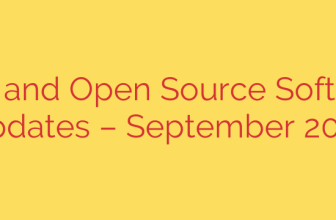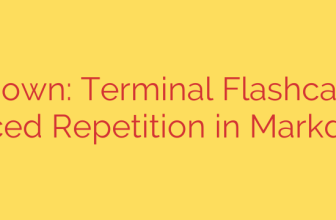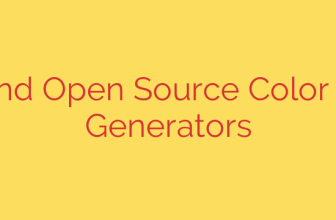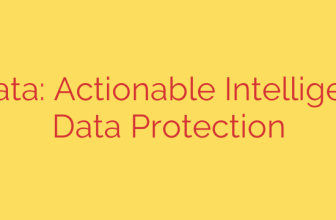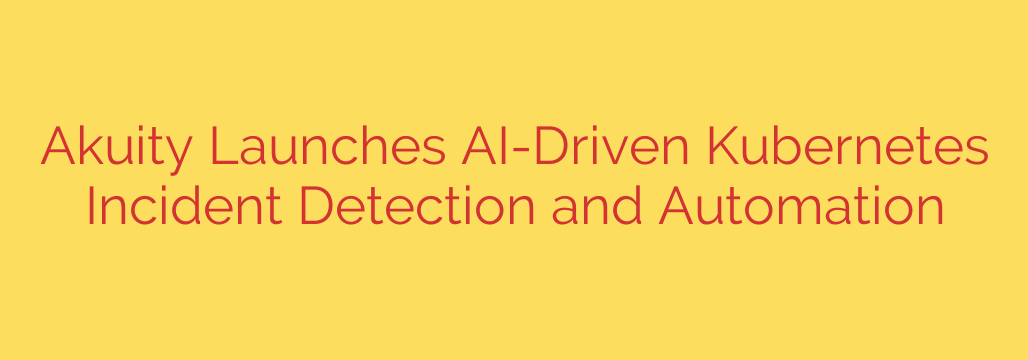
Harnessing AI for Smarter Kubernetes: The Dawn of Automated Incident Detection
Kubernetes has become the backbone of modern cloud-native applications, offering unprecedented scalability and resilience. However, this power comes with a significant challenge: complexity. As environments grow with more microservices, clusters, and dependencies, troubleshooting issues can feel like searching for a needle in a haystack. For DevOps and Site Reliability Engineering (SRE) teams, this often means long hours spent sifting through logs, metrics, and events to pinpoint the root cause of an incident.
A new wave of AI-driven tools is emerging to fundamentally change this dynamic. By leveraging artificial intelligence, these platforms are moving beyond simple monitoring to offer automated incident detection, root cause analysis, and even intelligent remediation, making Kubernetes management more efficient and proactive than ever before.
The Growing Challenge of Kubernetes Complexity
In a distributed system like Kubernetes, a single user-facing problem can stem from countless potential sources—a misconfigured deployment, a resource bottleneck, a network policy issue, or a failing dependency. Traditional monitoring tools are great at telling you that something is wrong, often through a flood of alerts, but they fall short in explaining why it’s wrong.
This leaves engineers with the manual, time-consuming task of correlating disparate data points. The result is often a prolonged Mean Time to Resolution (MTTR), leading to extended downtime, customer dissatisfaction, and engineering burnout. The core problem is that traditional observability can’t keep up with the dynamic and ephemeral nature of cloud-native environments.
Introducing AI-Powered Incident Detection for Kubernetes
The latest advancements in Kubernetes management infuse AI directly into the observability and operations lifecycle. Instead of just tracking metrics, these intelligent systems analyze the holistic state of a cluster—including metrics, logs, events, and application deployment history—to understand the relationships between different components.
Here’s how this new approach works:
- Continuous Anomaly Detection: An AI engine continuously monitors the baseline performance of applications and infrastructure. It learns what “normal” looks like and can instantly flag deviations that signal a potential problem, often before they trigger traditional alert thresholds.
- Automated Root Cause Analysis: This is the game-changer. When an incident is detected, the AI doesn’t just raise an alarm. It correlates multiple events and data streams to identify the most likely root cause of the problem. For example, it can connect a spike in application latency directly to a recent code deployment or a newly introduced configuration error.
- Intelligent Remediation Suggestions: By understanding the cause, the system can provide actionable recommendations for fixing the issue. This moves teams from diagnostics to resolution much faster. In many cases, these suggestions can be integrated into automated workflows for one-click rollbacks or fixes.
Key Benefits of AI-Driven Kubernetes Automation
Adopting an AI-powered approach to Kubernetes incident management offers significant advantages for any organization running mission-critical workloads.
Drastically Reduce Mean Time to Resolution (MTTR): By automating the most time-consuming part of troubleshooting—root cause analysis—teams can resolve incidents in a fraction of the time. The AI does the heavy lifting of correlation, presenting engineers with a clear diagnosis.
Shift from Reactive to Proactive Management: AI can detect subtle anomalies and patterns that indicate a future problem. This allows teams to address potential issues before they escalate into full-blown outages, improving overall system reliability and uptime.
Empower DevOps and SRE Teams: Freeing engineers from tedious, manual troubleshooting allows them to focus on higher-value tasks like improving performance, building new features, and enhancing system architecture. It reduces alert fatigue and makes the on-call experience far less stressful.
Enhanced Integration with GitOps Workflows: These AI tools are often designed to integrate seamlessly with popular GitOps tools like Argo CD. By analyzing deployment events, the system can immediately assess the health of a new release, flagging it as the likely cause of an issue and simplifying rollbacks through the established GitOps process.
Actionable Tips for Enhancing Your Kubernetes Stability
While AI tools provide a powerful advantage, they work best when paired with solid operational practices. Here are a few tips to improve your cluster’s stability and security:
- Implement Comprehensive Health Checks: Ensure your applications have properly configured readiness, liveness, and startup probes. These are the first line of defense, allowing Kubernetes to automatically manage unhealthy pods.
- Embrace GitOps Principles: Using tools like Argo CD to manage your application and cluster configurations provides a clear audit trail. When an incident occurs, you can easily see what changes were made and when, which is invaluable data for both human and AI analysis.
- Adopt Proactive Monitoring: Don’t wait for things to break. Use tools that help you understand the health of your applications over time and look for trends that could indicate future problems.
- Regularly Review RBAC Policies: Security is a key part of stability. Ensure your Role-Based Access Control (RBAC) policies follow the principle of least privilege to prevent unauthorized or accidental changes that could destabilize your environment.
The Future is Proactive
The management of complex Kubernetes environments is at an inflection point. Simply reacting to alerts is no longer a sustainable strategy. By integrating AI into the operational core, organizations can build self-healing, resilient systems that are easier to manage and far more reliable. The goal is no longer just to fix things faster, but to prevent them from breaking in the first place.
Source: https://www.helpnetsecurity.com/2025/10/01/akuity-platform-ai-capabilities/




